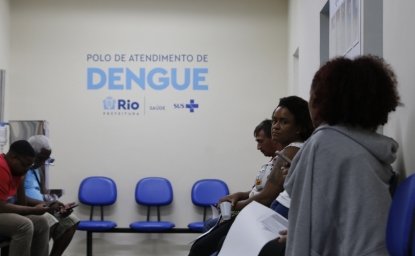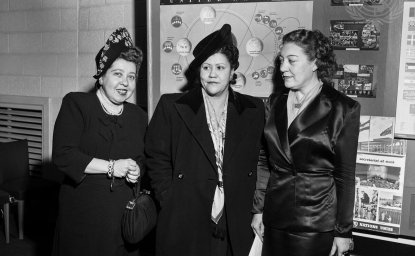
A blog of the Latin America Program
Most of South America, except for Venezuela and Argentina, has largely moved beyond the era of chronic economic crisis. Gone are the days of massive capital outflows, currency crashes, and large devaluations. Thanks to scholarly research, new policy expertise, and hard lessons from the financial crashes of the 1980s and 1990s, traditional balance of payments crises are largely a thing of the past. Or perhaps not, as Bolivia’s slow-moving disaster has shown over the past year.
What is a traditional balance of payments crisis? A country’s balance of payments is the sum of its transactions with other countries, including exports and imports, inward and outward investment flows, and other financial exchanges between residents and non-residents. Since international transactions are conducted in a foreign currency–typically US dollars–when the sum of all international financial exchanges is positive, international reserves–the amount of foreign currency held by the Central Bank–increases. The opposite is also true, and that is what can bring about a balance of payments crisis, as is occurring in Bolivia. Some ten years ago, Bolivia’s Central Bank had about $15 billion in international reserves; it is down to $2 billion.
Some ten years ago, Bolivia’s Central Bank had about $15 billion in international reserves; it is down to $2 billion.”
Why are dwindling reserves a problem? When a country has a floating exchange rate, where the value of the domestic currency fluctuates according to market conditions, balance of payments pressures lead to the devaluation of the currency. However, Bolivia has a fixed exchange rate, so in response to devaluation pressure, its Central Bank sells foreign currency to defend the value of the boliviano. Dwindling reserves often compel a government to abandon its fixed exchange rate and permit a large and abrupt devaluation. The devaluation in turn causes other financial distress, such as banking or debt crises. That is why Bolivia’s troubles are so concerning.
The main reason for Bolivia’s balance of payments problem is the erosion of natural gas production and exports over the past 20 years. In February, President Luis Arce put in place a plan to cut red tape for exporters and increase investments in agriculture, notably in grains production, to boost dollar flows into the economy. International ratings agencies, however, are skeptical the measures will prevent a currency crisis from toppling Bolivia’s fragile economy.
Already, dollar scarcity is weighing on importers, who struggle to find hard currency to buy goods from abroad. Those problems could get worse, as the government limits access to foreign currency. Meanwhile, the unsatisfied demand for dollars has spawned unofficial currency exchanges, where a dollar is worth far more than its official value of about seven bolivianos.
It is harrowing to watch an old-fashioned balance of payments crisis play out in slow-motion in Latin America well into the 21st century.”
Signs of a looming balance of payments crisis are everywhere. The scarcity of dollars, for example, has led to a scarcity of medications, medical supplies, and equipment for farming and mining. Bolivians are expressing growing frustration. Worryingly, the real crisis has not yet begun. Outside Bolivia, meanwhile, little attention is being paid to the situation, perhaps because of the larger problems in Bolivia’s larger neighbor, Argentina, and the other challenges facing the region. Still, it is harrowing to watch an old-fashioned balance of payments crisis play out in slow-motion in Latin America well into the 21st century.
Author


Latin America Program
The Wilson Center’s prestigious Latin America Program provides non-partisan expertise to a broad community of decision makers in the United States and Latin America on critical policy issues facing the Hemisphere. The Program provides insightful and actionable research for policymakers, private sector leaders, journalists, and public intellectuals in the United States and Latin America. To bridge the gap between scholarship and policy action, it fosters new inquiry, sponsors high-level public and private meetings among multiple stakeholders, and explores policy options to improve outcomes for citizens throughout the Americas. Drawing on the Wilson Center’s strength as the nation’s key non-partisan policy forum, the Program serves as a trusted source of analysis and a vital point of contact between the worlds of scholarship and action. Read more

Explore More in Weekly Asado
Browse Weekly Asado
Dengue Haunts South America’s Summers

Lessons from Costa Rica’s Economic Transformation

Women and Latin America’s Digital Revolution

